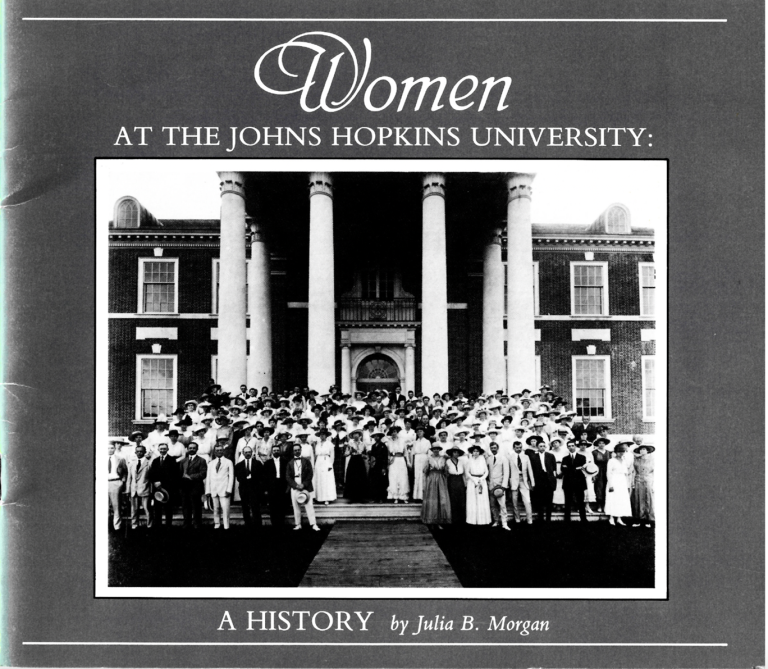Co-Education at Hopkins
- Sheridan Libraries
- Guides
- Co-Education at Hopkins
- Introduction
Librarian

Female roommates in Wolman Hall, 1970s.
Courtesy of Mindy Farber (A&S '74)

Residents of Clark Hall when the first dormitories for freshman women opened, 1972.
University Archives Photograph Collection

Female undergraduates in student lounge, 1972.
University Archives Photograph Collection
The history of women at Hopkins is multi-faceted and nuanced: while women were denied official academic opportunities on the Homewood Campus, they had been heavily involved with the university since its founding in 1876. Co-education had been deeply considered and debated since Hopkins’ beginnings, with President Daniel Coit Gilman seeking advice from other university presidents, notably Presidents Charles William Eliot of Harvard and James Burrill Angell of Michigan. Meanwhile, women were admitted to the university’s graduate programs, such as the medical institutions and the School of Advanced International Studies. With gradual changes in higher education, especially in the late twentieth century for the undergraduate division, the concept of coeducation became a reality by 1970 when Hopkins admitted a few Baltimore students early in the spring and ninety women as full-time undergraduate students in the fall.
...
Welcome to my LibGuide! My name is Amy Li (A&S '26), and I am a Freshman Fellow for the 2022-23 academic year. I was inspired to research more about the history of women after reading Julia B. Morgan’s Women at the Johns Hopkins University: A History (1986), presented to me by knowledgeable and enthusiastic mentor, Katie Carey. Morgan was a Hopkins alumna and Hopkins’ first University Archivist in 1977, and throughout her book, she examined the roles that different women—from Martha Carey Thomas to Mary Elizabeth Garrett—played throughout the university’s history to ignite the idea of coeducation for years to come. As a women’s history devotee who grew up reading American Girl and enthusiastically took history courses, I am beyond honored to investigate this topic as my project. I encountered a myriad of old documents and articles about the momentous decision and student life in Special Collections that I cannot wait to share with the Hopkins community.


Women at the Johns Hopkins University: A History (1986) by Julia B. Morgan (A&S '76) (right).
Sheridan Libraries Special Collections
As Aya Hecht (A&S ‘82) emphasized in her 1981 Zeniada piece, “Ten Years of Women at Hopkins: An Overview,” “Hopkins women certainly did not all have the same experiences here—some liked it, some hated it, some loved it, and for some it was all of the above, not necessarily for the same reasons.” For my research, I identified the general trends based on the archival information and hope to paint a realistic picture of the past to a modern audience. I also appreciated this opportunity to reflect on my role as a female undergraduate student at Hopkins and honor the women before me who paved unprecedented paths to expand higher education to women.
